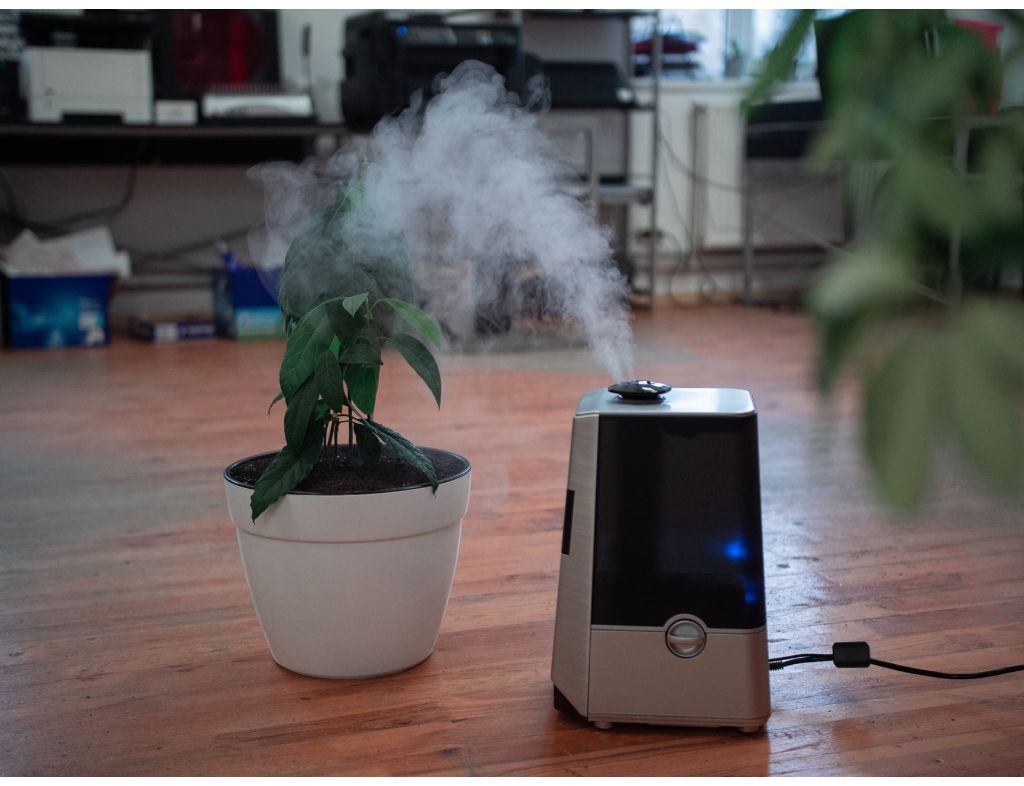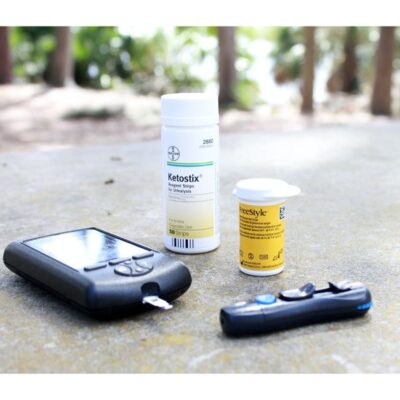The air we breathe, both inside and outside our homes, is filled with microscopic particles called allergens that can cause lung inflammation and difficulty in breathing.
But thanks to revolutionary advancements in technology, products like air purifiers and air filters can help ease symptoms of lung diseases like asthma and COPD by reducing the number of irritants in the air due to pollen, pets, smoke, or other factors.
NOTE: Air purifiers and filters can only remove the particles floating in the air, they can not remove any from surfaces like pillows, curtains, or carpets. The only way to get microscopic air pollutants off these surfaces is by vacuuming regularly. This sends particles into the air that may then be captured by an air purifier.
Types of Air Purifiers You Can Choose From
There are dozens of air purifiers in the market, each with its own unique way of functioning and purifying the air around you. Ranging from economical to very pricey, these air purifiers are divided into three recommended types:
HEPA (High-Efficiency Particulate Air) Purifiers
The HEPA purifiers come with pleated filters that trap even the tiniest air particles. The fan placed in the machine pushes the air through the filter, capturing pollutants, allergens and pushing the clean air out.
HEPA filters are proven to be extremely effective on large air pollutants like pet hair, pollen, pet dander, smog, dust, and smoke. However, they don’t capture paint fumes and other odors and don’t kill any bacteria or mold spores.
Electrostatic Cleaners
These air purifiers use electrically charged plates to trap particles. They draw air in and over an electronic cell to charge the particles and pollutants to electrically charge them and stick them to a series of collector plates present in the unit.
Depending on the size of the area they function in, it is recommended that you clean the plates on a daily or weekly basis.
Note: Some of these electrostatic air purifiers may produce ozone, which sadly & ironically, can be irritating for those with COPD or asthma.
Ionizers
These units release electrically charged ions that attach to the air particles present in the room, making them cling to surfaces like curtains, walls, shades instead of floating around.
To maximize benefits, make sure the air purifier is placed in the room that you spend most of your time in.






